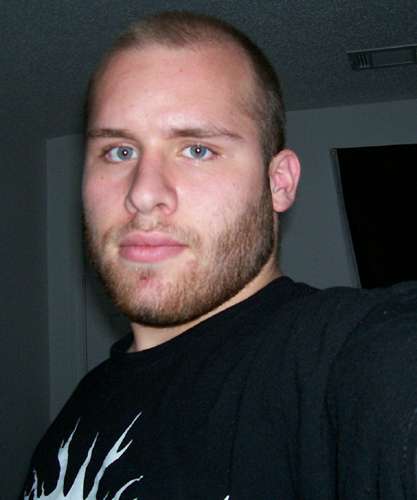A new study by Yahoo! News says it hard to get by in Buffalo, New York.
The website looked at struggling metros that have a combination of high unemployment, steep cost of living and low median income.
Buffalo is number five on the list. Providence, Rhode Island is number one, followed by Los Angeles; Riverside, California and Tampa, Florida.
Top 5 U.S. Cities Where It's Hardest To Get By
1. Providence, R.I.
(Providence-Fall River-Warwick, R.I.-Mass., metro area)
Population: 1.6 million
Cost of Living Index: 122
Median Income: $54,064
February 2009 Unemployment Rate: 11.6%
2. Los Angeles, Calif.
(Los Angeles-Long Beach-Santa Ana, Calif., metro area)
Population: 12.9 million
Cost of Living Index: 148
Median Income: $56,680
February 2009 Unemployment Rate: 10.2%
3. Riverside, Calif.
(Riverside-San Bernardino-Ontario, Calif., metro area)
Population: 4.1 million
Cost of Living Index: 120
Median Income: $54,991
February 2009 Unemployment Rate: 12.2%
4. Tampa, Fla.
(Tampa-St. Petersburg-Clearwater, Fla., metro area)
Population: 2.7 million
Cost of Living Index: 96
Median Income: $45,243
February 2009 Unemployment Rate: 10.2%
5. Buffalo, N.Y.
(Buffalo-Niagara Falls, N.Y., metro area)
Population: 1.1 million
Cost of Living Index: 96
Median Income: $44,747
February 2009 Unemployment Rate: 9.6%
Click here to see the full list of U.S. Cities Where It's Hardest To Get By


